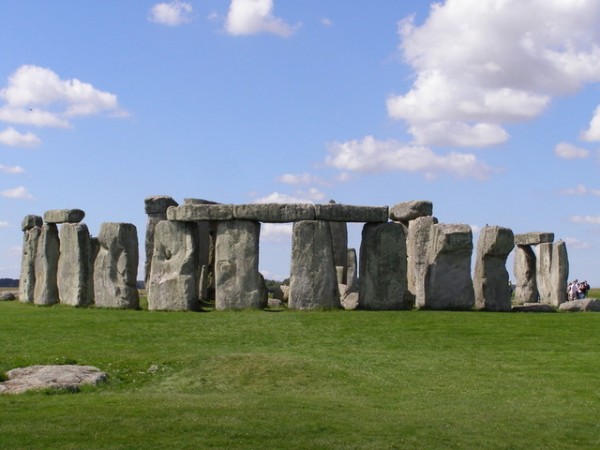3. Heal a Wound
 Sound has found quite some application in medical science. Sound can be used to create heat and that can be used to sear wounds that are gaped. A high intensity focused ultrasonic beam can focus acoustic energy and result in the production of heat, somewhat like we use the magnifying glass to burn paper. In a study, scientists were able to seal punctured lungs within a pig using this technique with a 95% success rate.
Sound has found quite some application in medical science. Sound can be used to create heat and that can be used to sear wounds that are gaped. A high intensity focused ultrasonic beam can focus acoustic energy and result in the production of heat, somewhat like we use the magnifying glass to burn paper. In a study, scientists were able to seal punctured lungs within a pig using this technique with a 95% success rate.
[youtube]http://www.youtube.com/watch?v=x4lA-M3zbdU[/youtube]
2. Go Back In Time
 Scientists have concluded that every room has a specific sound because of the way it has been laid out and the decorations on its wall. This conclusion has led to a new field of historical research; Archaeoacoustics. This field relies on sound as a tool to study Archaeology. Scientists at the University of Salford in UK analyzed Stonehenge using this methodology. They popped a few balloons, recorded the sound and analyzed it using a computer model. Their findings state that it’s a reflective space, similar to a lecture hall.
Scientists have concluded that every room has a specific sound because of the way it has been laid out and the decorations on its wall. This conclusion has led to a new field of historical research; Archaeoacoustics. This field relies on sound as a tool to study Archaeology. Scientists at the University of Salford in UK analyzed Stonehenge using this methodology. They popped a few balloons, recorded the sound and analyzed it using a computer model. Their findings state that it’s a reflective space, similar to a lecture hall.
[youtube]http://www.youtube.com/watch?v=7H4Afo8WxzU[/youtube]
1. Navigation
 Navigation using sound can be best modeled if we consider bats. They use supersonic sound waves to navigate. However, it remained a mystery until recently that how do birds navigate through such huge distances and can still find their way back home. A pigeon race in 1997, where 60,000 pigeons lost their way after they crossed a path of a Concorde jet laid down the foundations for the research of Geophysicist Jonathan Hagstrum. He concluded that birds create sound maps to navigate. These maps can be altered by manmade objects or irregularities in terrain!
Navigation using sound can be best modeled if we consider bats. They use supersonic sound waves to navigate. However, it remained a mystery until recently that how do birds navigate through such huge distances and can still find their way back home. A pigeon race in 1997, where 60,000 pigeons lost their way after they crossed a path of a Concorde jet laid down the foundations for the research of Geophysicist Jonathan Hagstrum. He concluded that birds create sound maps to navigate. These maps can be altered by manmade objects or irregularities in terrain!
[youtube]http://www.youtube.com/watch?v=KiAT9L0C8jM[/youtube]


